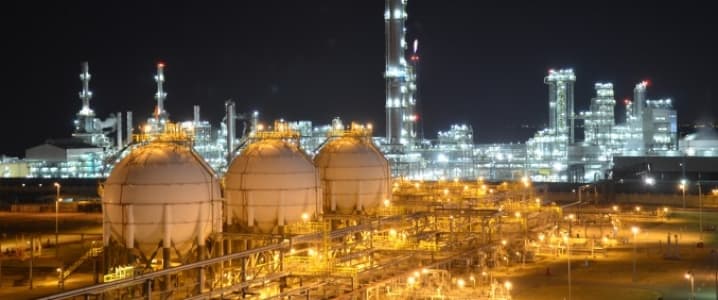Echoing the criticism of too much hype surrounding U.S. shale from the Saudi oil minister last week, a new report finds that shale drilling is still largely not profitable. Not only that, but costs are on the rise and drillers are pursuing “irrational production.”
Riyadh-based Al Rajhi Capital dug into the financials of a long list of U.S. shale companies, and found that “despite rising prices most firms under our study are still in losses with no signs of improvement.” The average return on asset for U.S. shale companies “is still a measly 0.8 percent,” the financial services company wrote in its report.

Moreover, the widely-publicized efficiency gains could be overstated, at least according to Al Rajhi Capital. The firm said that in the third quarter of 2017, the “average operating cost per barrel has broadly remained the same without any efficiency gains.” Not only that, but the cost of producing a barrel of oil, after factoring in the cost of spending and higher debt levels, has actually been rising quite a bit.
Shale companies often tout their rock-bottom breakeven prices, and they often use a narrowly defined metric that only includes the cost of drilling and production, leaving out all other costs. But because there are a lot of other expenses, only focusing on operating costs can be a bit misleading.
The Al Rajhi Capital report concludes that operating costs have indeed edged down over the past several years. However, a broader measure of the “cash required per barrel,” which includes other costs such as depreciation, interest expense, tax expense, and spending on drilling and exploration, reveals a more damning picture. Al Rajhi finds that this “cash required per barrel” metric has been rising for several consecutive quarters, hitting an average $64 per barrel in the third quarter of 2017. That was a period of time in which WTI traded much lower, which essentially means that the average shale player was not profitable.













Leave A Comment